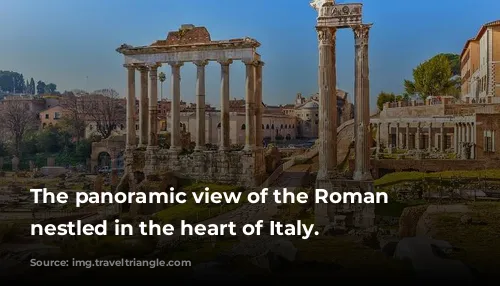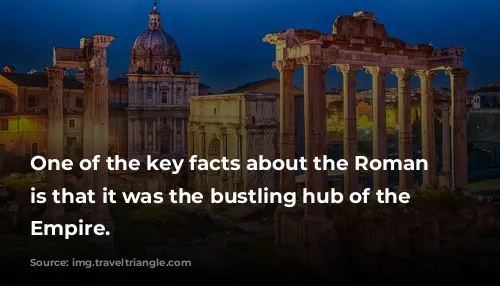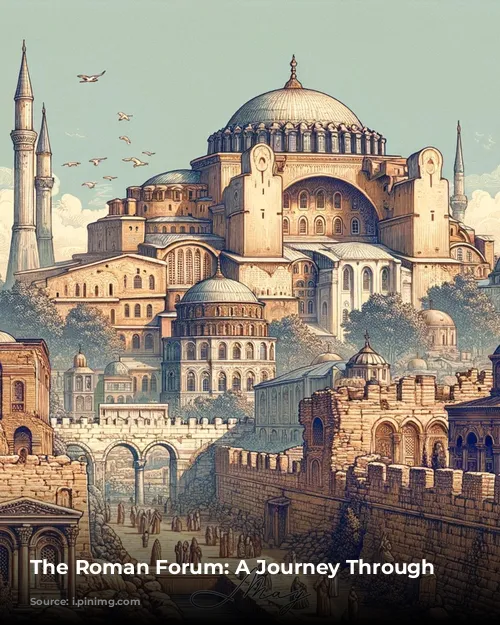Welcome to the world of the Roman Forum, a place where ancient history unfolds before your eyes. More than just ruins, the Forum is a living testament to the rise and fall of a mighty empire. Join us on a journey through time, discovering the secrets and stories hidden within these ancient walls.
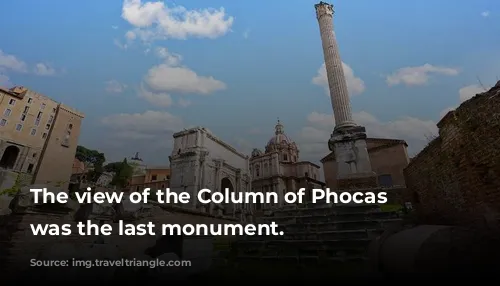
From Swamp to Symbol of Power
Imagine a marshy, low-lying area between the Palatine and Capitoline Hills. This is where the Roman Forum began. Uninhabitable at first, the Romans transformed this swampy land into a thriving hub of governance, commerce, and culture. They engineered a sewerage system, clearing the land and making it suitable for construction. Over time, the Forum became the very heart of the Roman Empire, a symbol of its power and prestige.

The Forum: Center of Roman Life
During the Roman Empire, the Forum was a bustling marketplace and civic center. Basilicas, temples, and monuments dotted the landscape, attracting citizens from all walks of life. Here, they engaged in trade, listened to political speeches, and participated in religious rituals. Triumphant emperors paraded through the Via Sacra, the sacred road that still exists today. The Forum was the pulse of the Roman Empire, a place where history was made and stories were told.
A Decline into Silence
After the fall of the Roman Empire, the once vibrant Forum fell into a state of decline and abandonment. The majestic structures were weathered by time, the streets fell silent, and the once-bustling center became a grazing field. This poignant shift symbolizes the decline of the Roman civilization, marked by political turmoil and economic instability.
Rediscovering the Lost Glory
The Renaissance brought about a reawakening for the Forum. Archaeologists, inspired by the spirit of the time, began to unearth the buried treasures hidden beneath layers of time. Petrarch and Cyriac of Ancona led the way, revealing the ruins of columns, statues, and temples. The Forum was slowly re-emerging, revealing glimpses of Rome’s glorious past. This excavation, spanning centuries, continues to this day, revealing new secrets about this fascinating site.
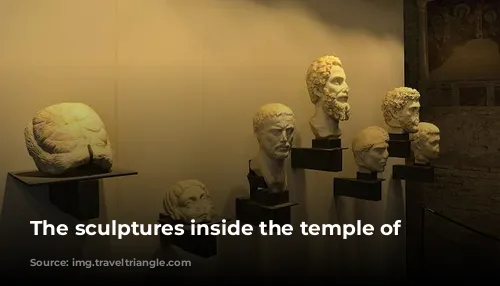
Julius Caesar: A Tragedy in the Forum
The Forum witnessed not only triumphs but also tragedies. Julius Caesar, the man who ushered in the Roman Empire, met his end right here. He was assassinated by senators, including Brutus and Cassius, and his body was brought to the Forum for cremation. The scene was filled with grief and anger, marking the end of an era and the beginning of political turmoil.
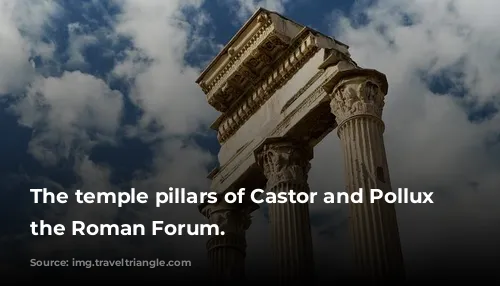
The Vestal Virgins: Guardians of the Flame
Nestled within the Forum stood the Temple of Vesta, dedicated to the goddess of the hearth and home. Inside resided the Vestal Virgins, priestesses chosen from noble families. They were committed to a thirty-year term of celibacy, dedicated to maintaining the eternal flame of Vesta. Their role extended beyond religious duties, as they also preserved Roman artifacts and participated in public ceremonies.
A Gruesome Spectacle: The Rostra
The Rostra, a platform for public speeches and announcements, also had a darker side. It served as a stage for the display of the body parts of executed traitors and enemies. This gruesome spectacle aimed to spread fear and reinforce the power of the ruling elite. The Forum, once a place of celebration, became a stage for macabre displays.
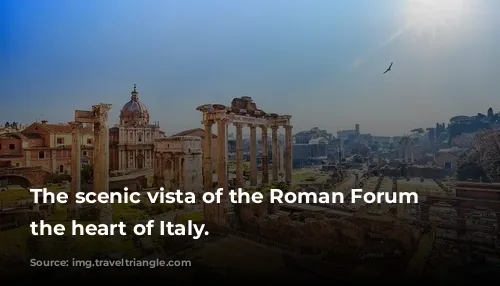
Structures of the Past: A Journey Through Roman History
The Forum holds within its walls the remnants of magnificent structures. The Temple of Saturn, the Temple of Castor and Pollux, the Basilica Julia, and the Arch of Septimius Severus are just a few of the structures that tell the story of Roman history. Each building whispers tales of the past, echoing the triumphs and tragedies that unfolded within their walls.
The Basilica of Maxentius: A Monument of Imperial Power
Among the many structures in the Forum, the Basilica of Maxentius stands as the largest. Built by Emperor Maxentius in the 4th century CE, it served as a place for legal affairs, a symbol of the emperor’s power and authority. While incomplete, the Basilica remains an architectural marvel, a testament to the grandeur of the Roman Empire.
Romulus’s Tomb: The Birthplace of Rome
The Forum is also home to the tomb of Romulus, the founder of Rome. Legend has it that Romulus and his twin brother Remus were abandoned as infants and raised by a she-wolf. Romulus later became the first king of Rome, establishing the city around 753 BCE. His tomb serves as a reminder of the origins of the Roman Empire.
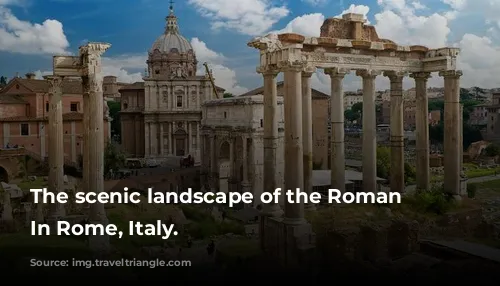
The Column of Phocas: A Final Monument
The last monument built within the Forum is the Column of Phocas, erected in 608 CE. Commissioned by the Eastern Roman Emperor Phocas, it stands as a symbol of Christian triumph and Byzantine authority. This column marks the end of an era, the final testament to the once-mighty Roman Empire.
A Timeless Journey
The Roman Forum is more than just a collection of ruins. It is a place where the past comes alive, where history whispers secrets in the wind. From its humble beginnings as a swamp to its transformation into the heart of the Roman Empire, the Forum offers a timeless journey through the centuries.
On your next trip to Rome, be sure to visit this iconic place. It will leave an indelible mark on your heart and mind, offering a glimpse into the rich and complex history of the Roman Empire.

